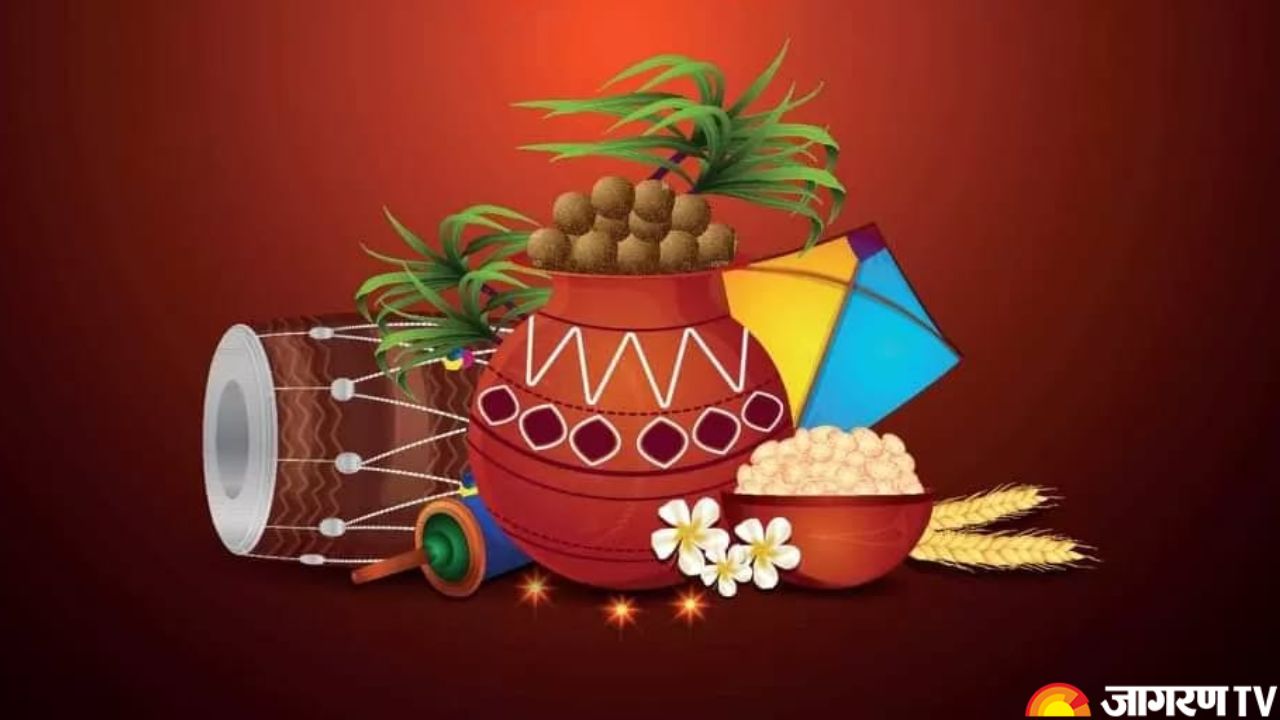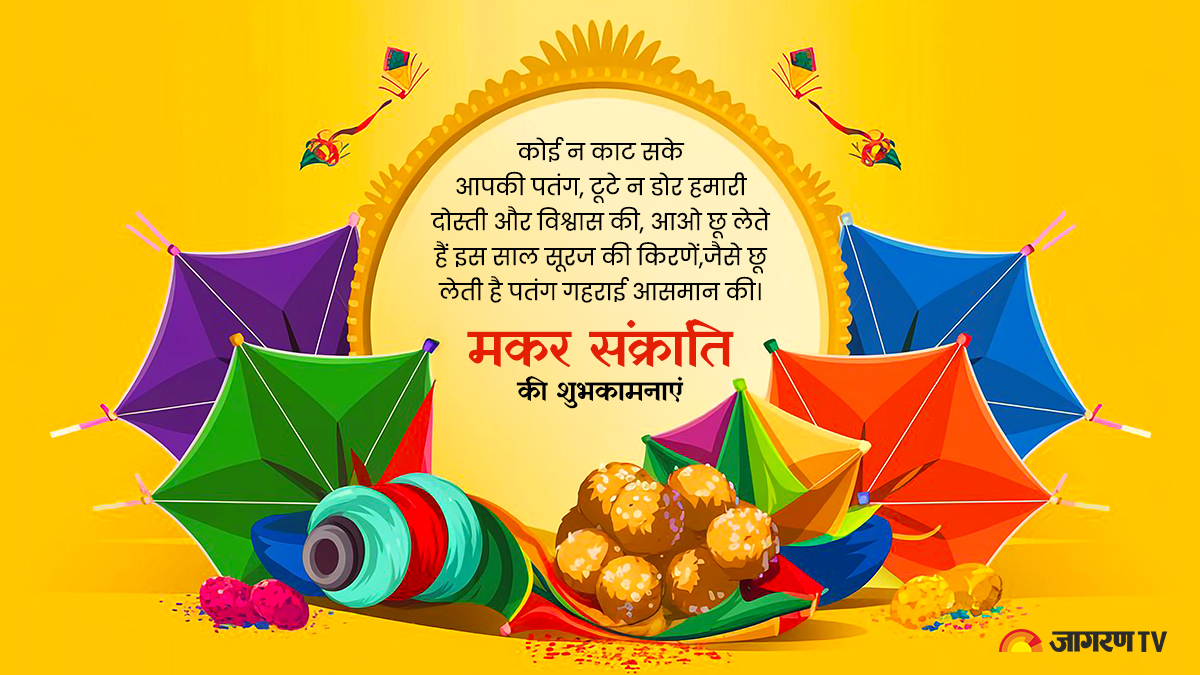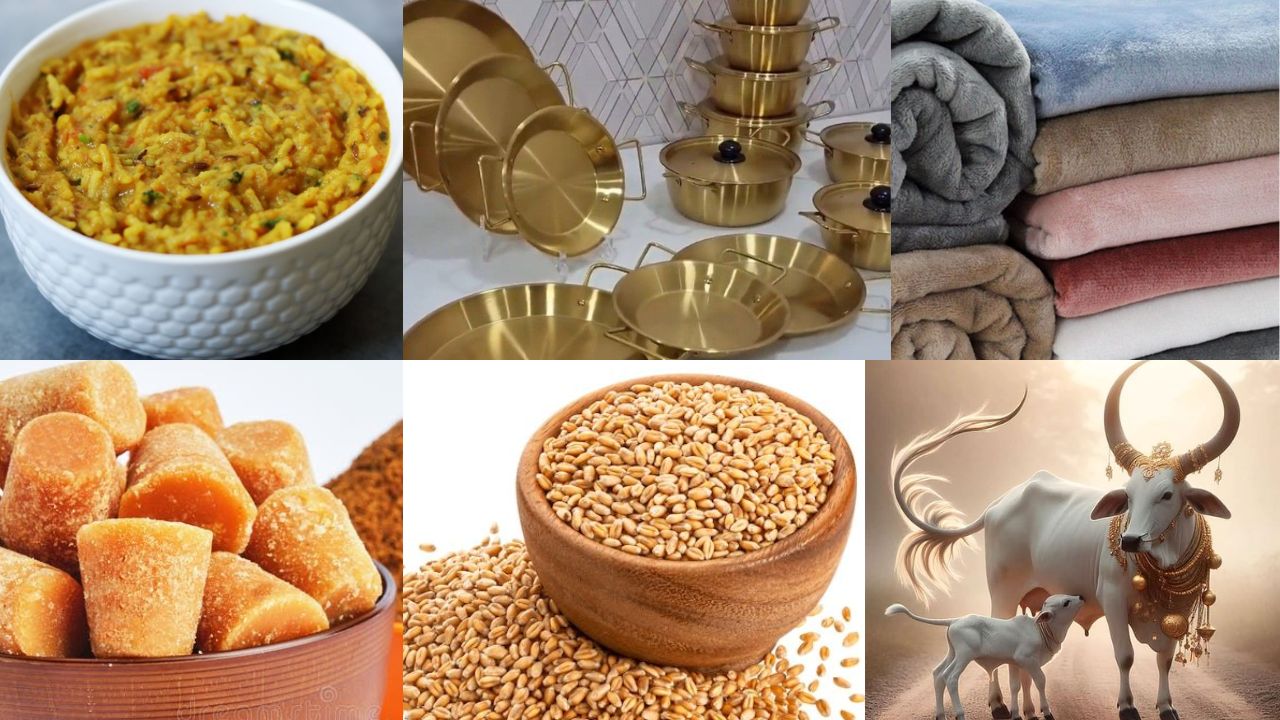Makar Sankranti 2025: From Thai Pongal to Magh Bihu, How Different States of India Celebrate The Harvesting Festival

Makar Sankranti in India: Makar Sankranti is an auspicious festival celebrated across India with great enthusiasm and different rituals. Makar Sankranti, which is celebrated every year in mid-January, symbolizes the Sun's transition into the zodiac sign Capricorn (Makara). It marks the conclusion of winter solstice and the start of longer days. This harvest celebration is profoundly based in agricultural traditions and is celebrated with tremendous enthusiasm and a variety of regional customs.
Makar Sankranti Celebrations 2025
Common customs include praying to the Sun God, cooking special foods with sesame, rice, and jaggery, flying kites, and holding community meetings. It symbolizes prosperity, thankfulness, and a feeling of rejuvenation.
Makar Sankranti in Different States
Every state has its own way of celebrating the harvest festival. Here are some of the popular versions of Makar Sankranti celebrated across India.
Thai Pongal (Tamil Nadu)
Thai Pongal is a four-day harvest celebration held in Tamil Nadu to honor the Sun God and nature for a bountiful crop. The highlight is making “Pongal,” a delicious dish of rice, jaggery, and milk, and presenting it to the Sun. Mattu Pongal celebrates the festival's agrarian heritage by decorating homes with exquisite kolam (rangoli) and honoring cattle.
Uttarayan (Gujarat)
Makar Sankranti, also known as Uttarayan in Gujarat, is celebrated with huge kite-flying activities. The skies are filled with colorful kites as people participate in friendly competitions. Sesame laddoos and chikkis are popular Gujarati sweets, reflecting unity and warmth on this auspicious occasion.
Lohri (Punjab)
Lohri is celebrated the day before Makar Sankranti, a Punjabi winter harvest festival. In the evening, people gather around bonfires to sing traditional songs, dance bhangra and gidda, and offer goods such as rewari, jaggery, and popcorn to the fire.
Poush Sankranti (West Bengal)
In Bengal, Poush Sankranti is celebrated by making traditional sweets like pithas and payesh with jaggery and rice flour. Devotees take holy swims in waterways, especially during the Ganga Sagar Mela, and pray to the Sun God.
Suggi Habba (Karnataka)
Suggi Habba is a harvest celebration celebrated in Karnataka during Makar Sankranti. Farmers give thanks for their crops and celebrate with folk dances, singing, and processions. Women decorate their homes with rangoli and exchange “Ellu Bella,” a mixture of sesame seeds, jaggery, and coconut that represents harmony and friendship.
Makara Chaula (Odisha)
Makara Chaula is a traditional Odisha event in which people cook “Chaula,” a dish prepared with newly harvested rice, jaggery, and coconut. Offerings are presented to deities, and ceremonies are done at temples to obtain blessings for prosperity. Kite flying and cultural events bring life to the festivities.
Maghi Sankrant (Maharashtra and Haryana)
In Maharashtra, Maghi Sankrant is celebrated by exchanging sesame and jaggery sweets, which represent togetherness and sweetness in relationships. Women dress in black sarees and congregate for haldi-kumkum celebrations. The Haryana holiday is characterized by traditional feasts, folk songs, and dancing.
Magh/Bhogali Bihu (Assam)
Bhogali Bihu, celebrated in Assam, honors the harvest season with feasting and community bonfires known as “Meji.” People make rice cakes, sesame treats, and other traditional dishes.
Shishur Saenkraat (Kashmir)
Shishur Saenkraat is a winter event in Kashmir that celebrates traditional Kashmiri cuisine and customs. It is a culturally significant day in which families gather to celebrate the changing of the seasons and pray for health and prosperity.
Khichdi Parv (Uttar Pradesh)
In Uttar Pradesh, Makar Sankranti is referred to as Khichdi Parv. Devotees take holy dips in the Ganga and cook khichdi (a rice and lentil dish) as ritual offerings. Donations and charity, particularly food distribution, are important parts of the celebration.
Tila Sakraat (Bihar and Jharkhand)
Tila Sakraat is hugely popular in Bihar and Jharkhand. Special foods made with sesame and jaggery, such as tilkut and laddoos, are cooked and shared. Holy dips in rivers and traditional ceremonies commemorate the day, expressing gratitude and desire for prosperity.









